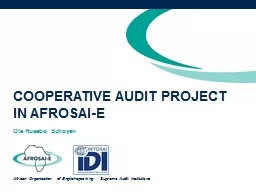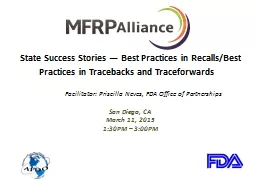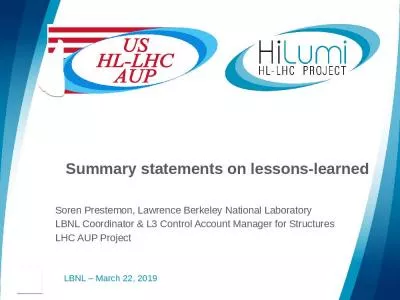PPT-SCIF Design Best Practices / Lessons Learned Presentation to:
Author : tatyana-admore | Published Date : 2019-11-04
SCIF Design Best Practices Lessons Learned Presentation to September 19 2016 Purpose of the Presentation Overview of what a SCIF is amp what comprises a SCIF Governing
Presentation Embed Code
Download Presentation
Download Presentation The PPT/PDF document "SCIF Design Best Practices / Lessons Lea..." is the property of its rightful owner. Permission is granted to download and print the materials on this website for personal, non-commercial use only, and to display it on your personal computer provided you do not modify the materials and that you retain all copyright notices contained in the materials. By downloading content from our website, you accept the terms of this agreement.
SCIF Design Best Practices / Lessons Learned Presentation to:: Transcript
Download Rules Of Document
"SCIF Design Best Practices / Lessons Learned Presentation to:"The content belongs to its owner. You may download and print it for personal use, without modification, and keep all copyright notices. By downloading, you agree to these terms.
Related Documents














